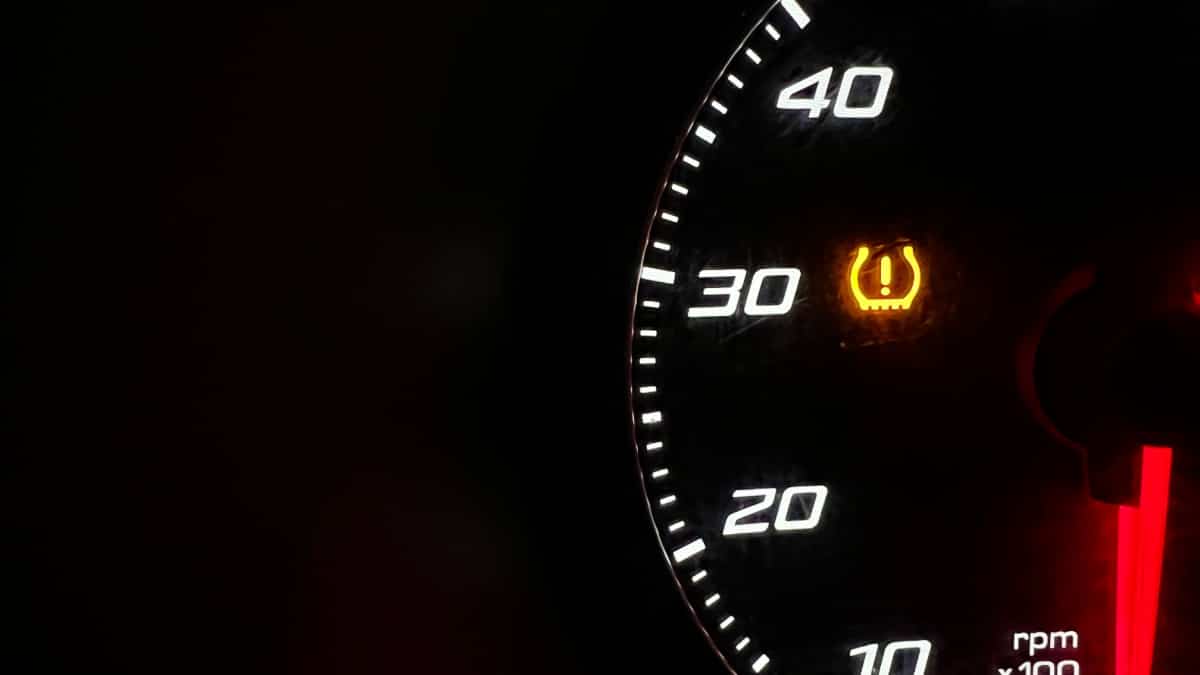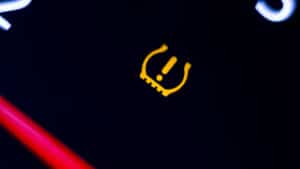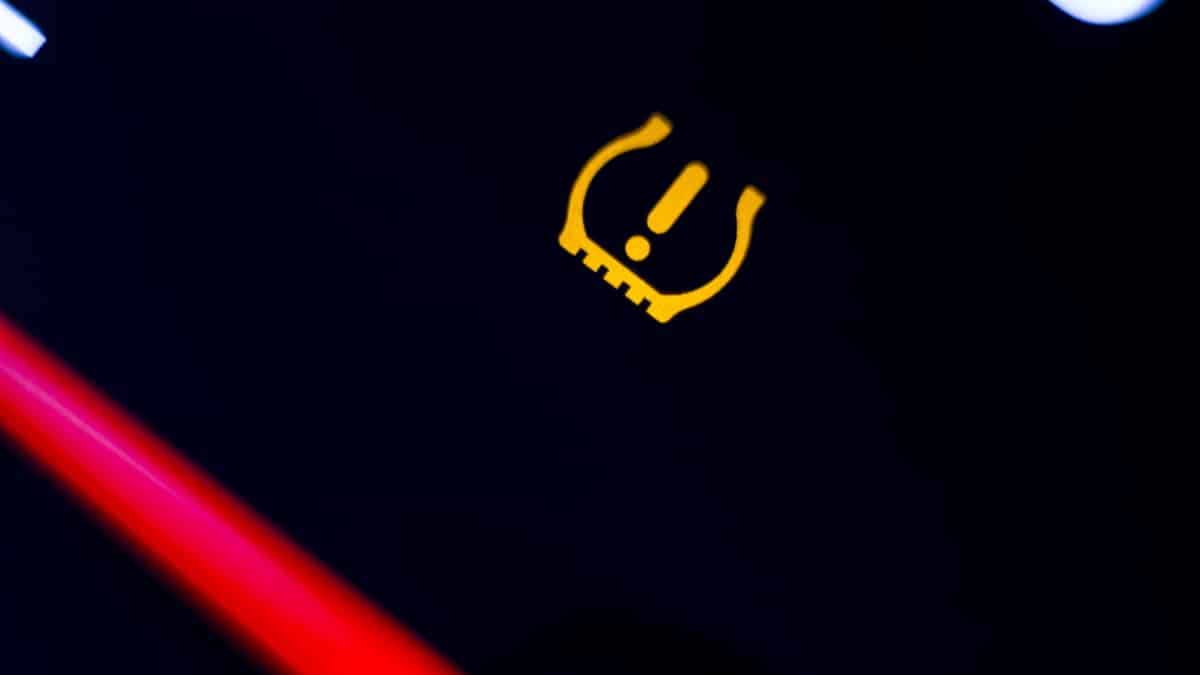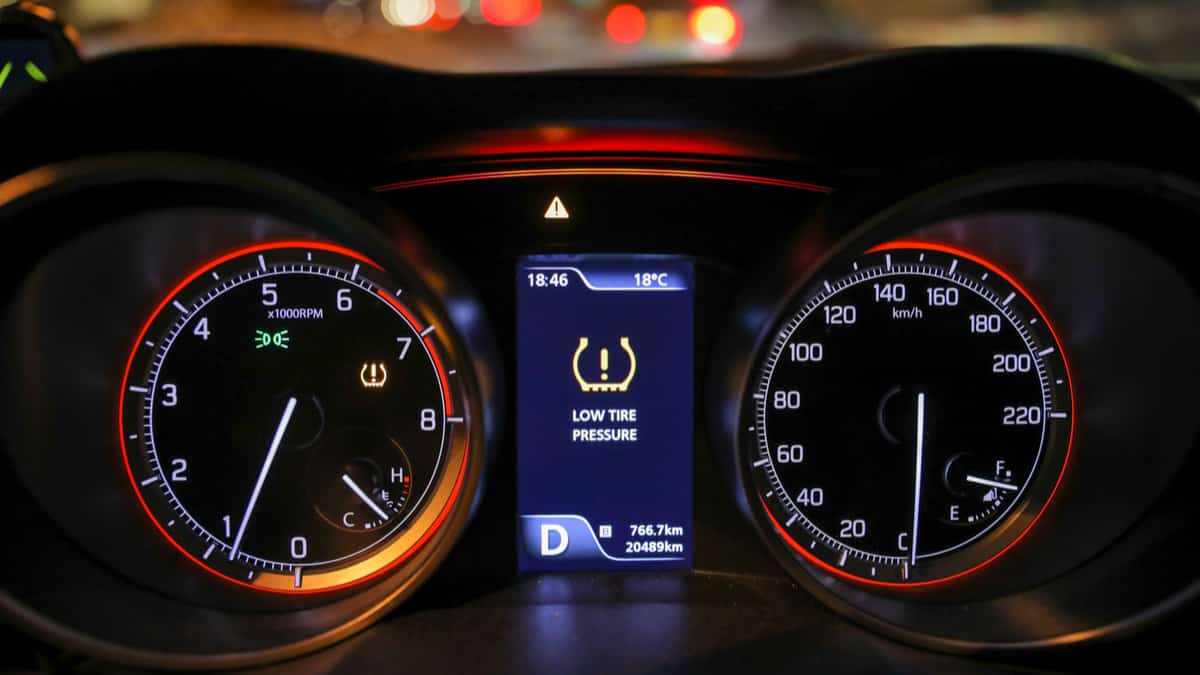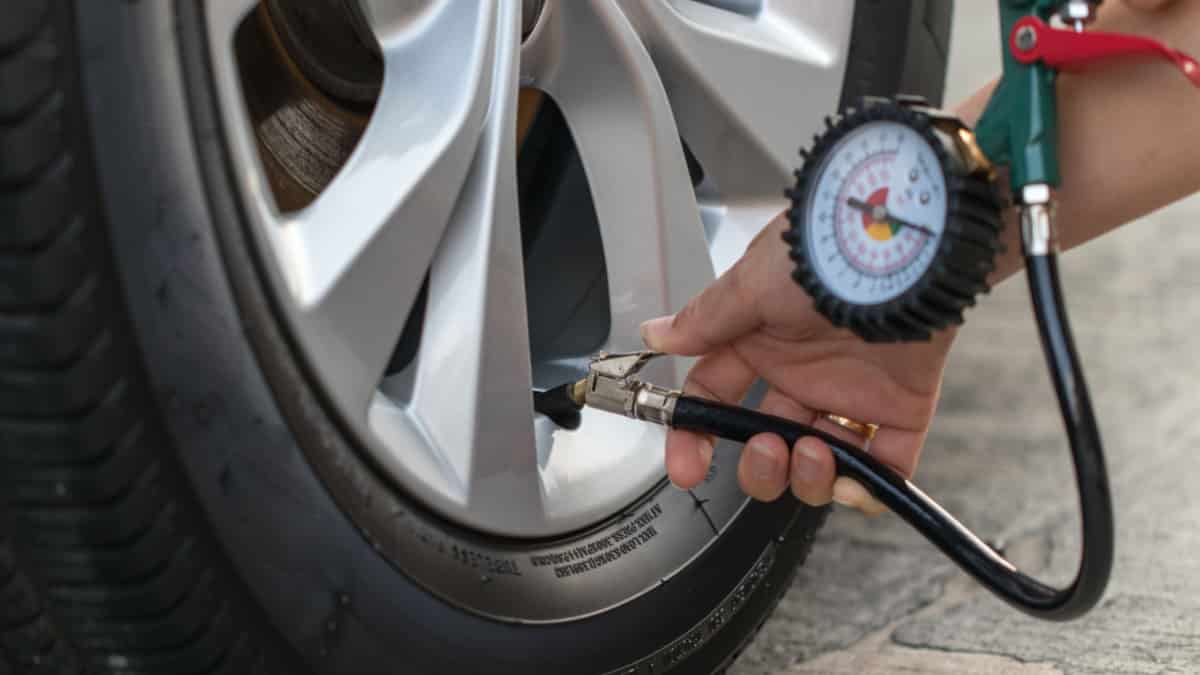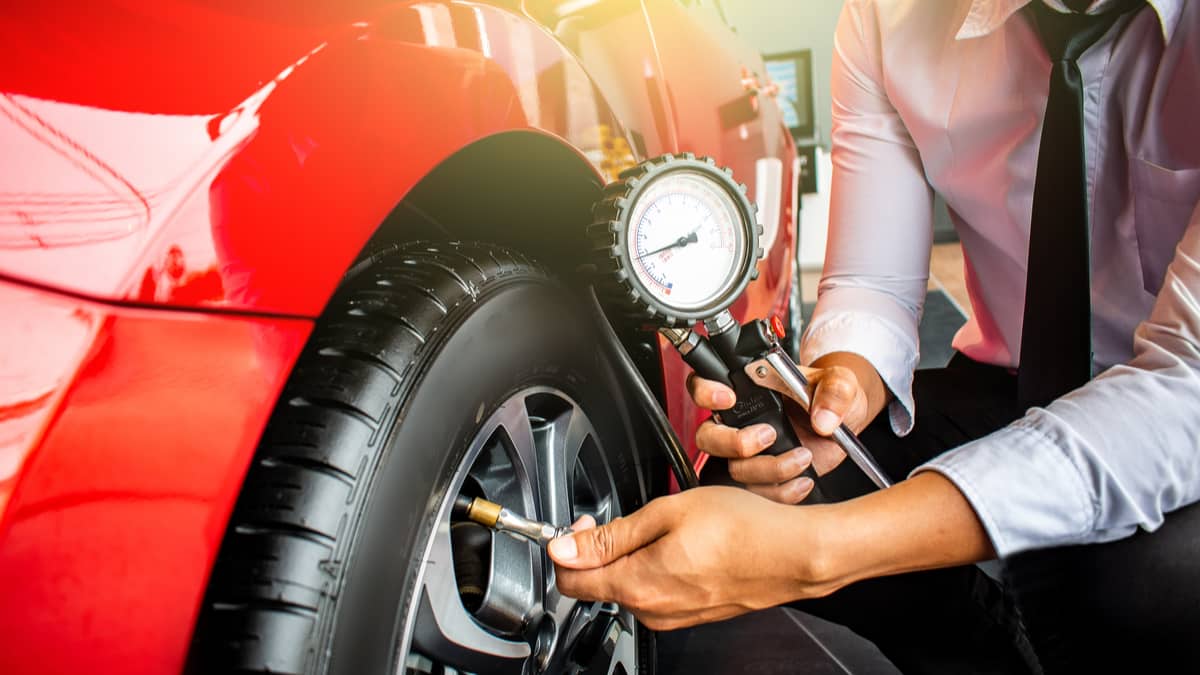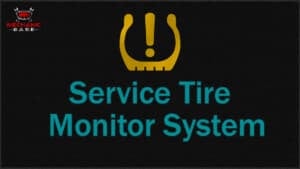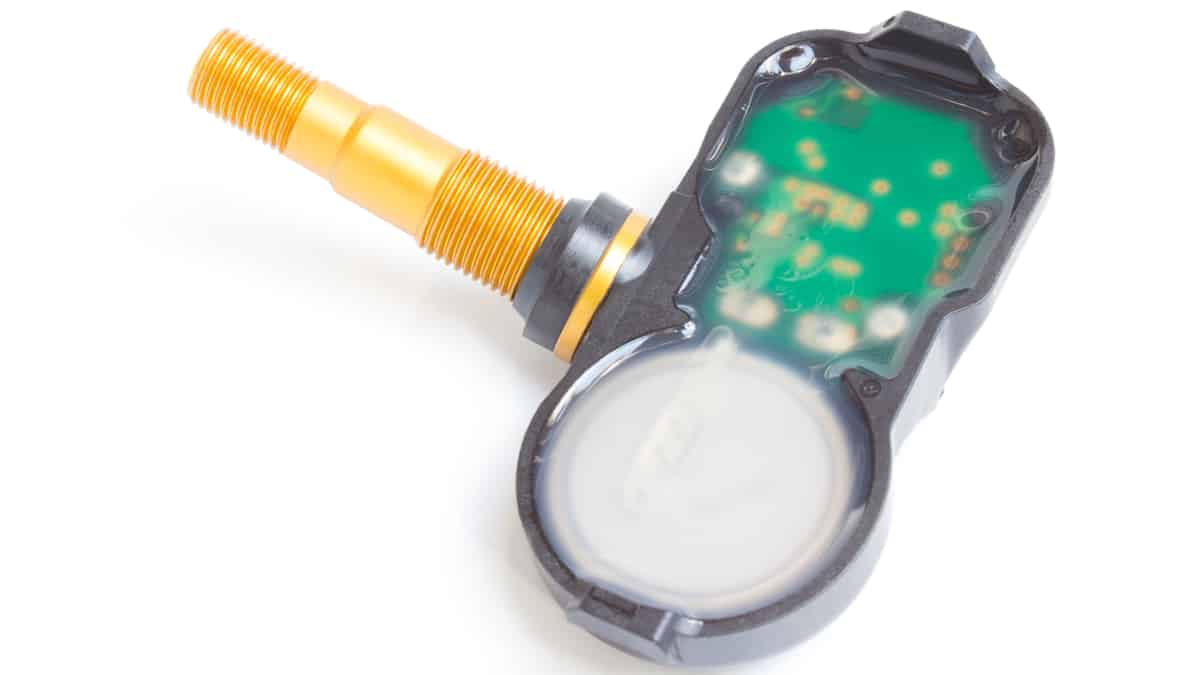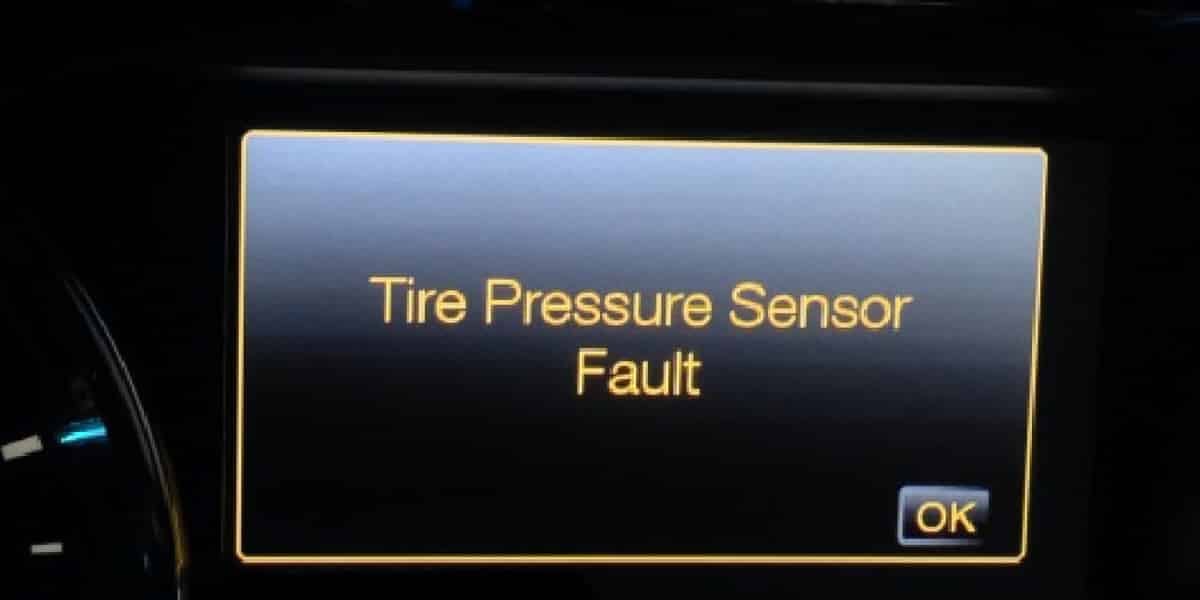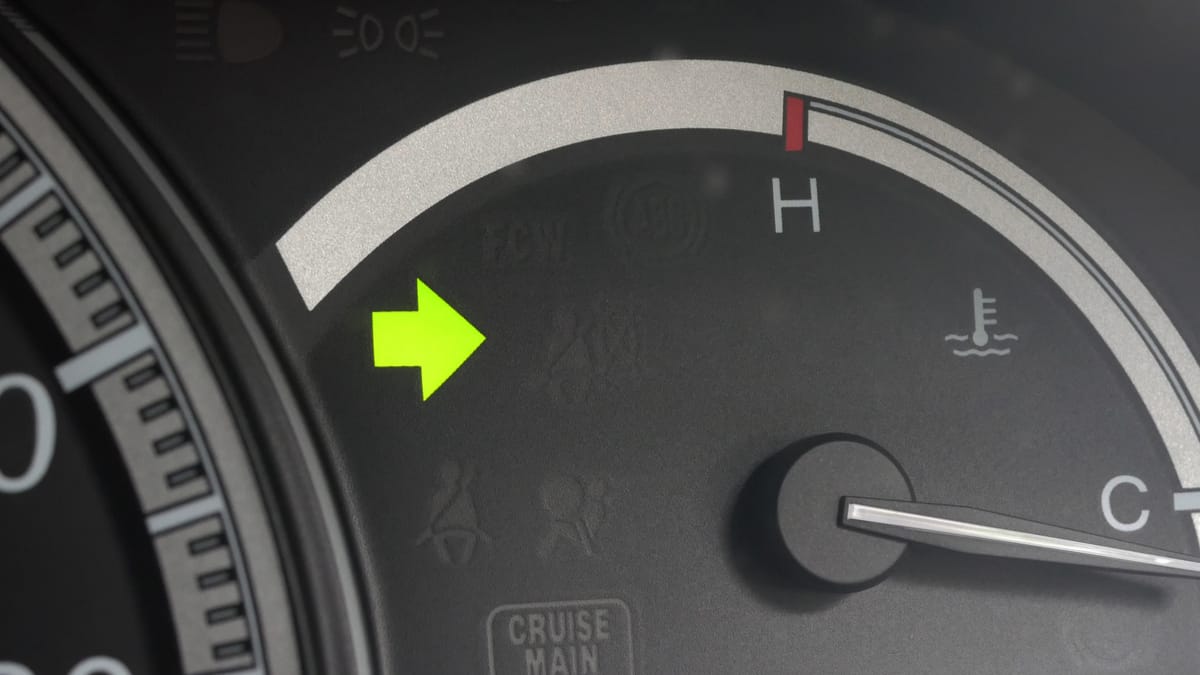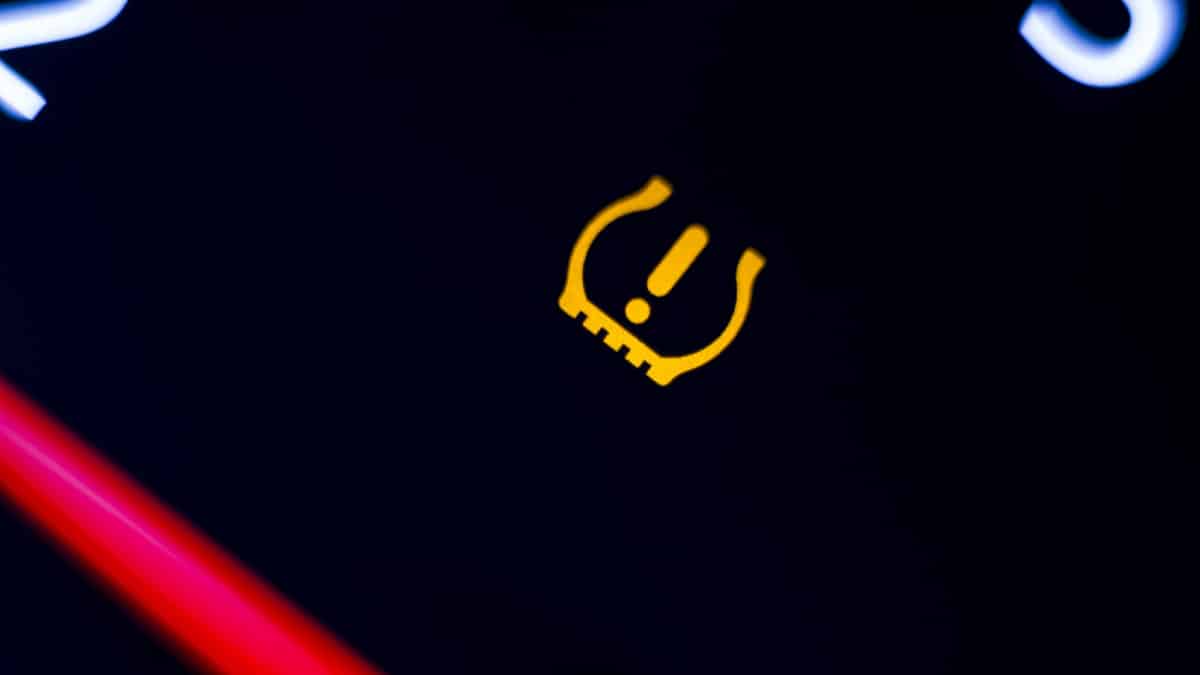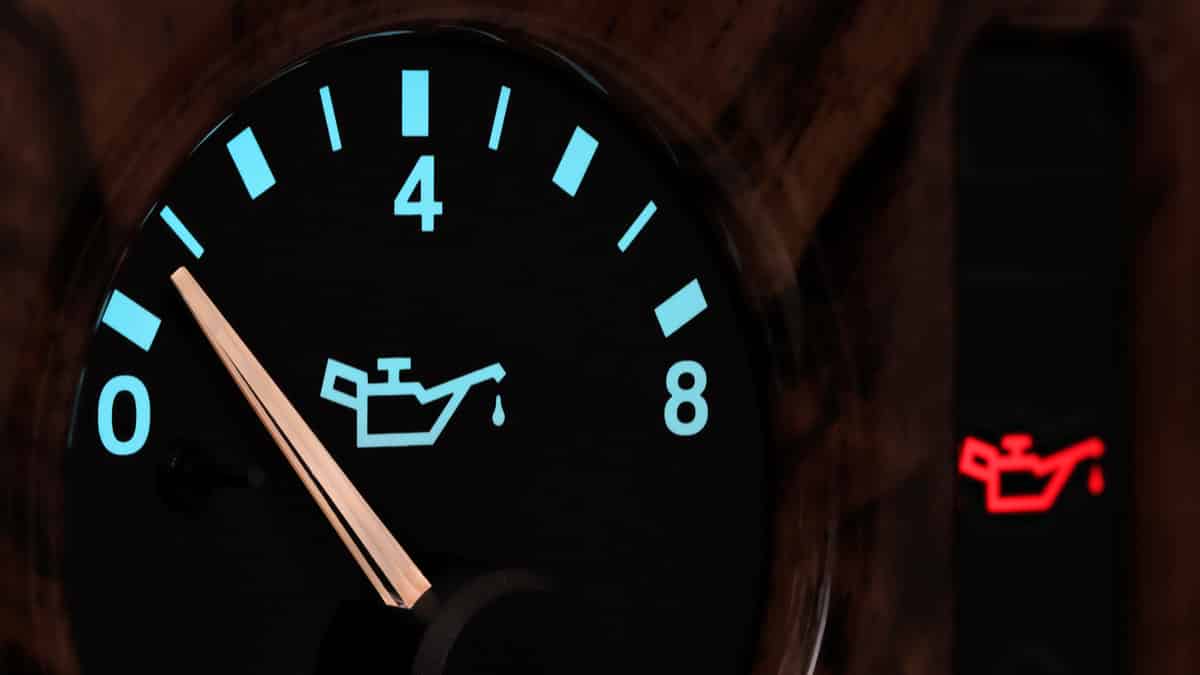Today’s cars are equipped with a tire pressure light that indicates when there’s something wrong with the tire pressure. The light can come on solid or it can blink, depending on what problem you face. It’s important to know what causes the solid warning and what leads to a tire pressure light blinking.
In this guide, we cover all of the possible causes of the tire pressure light. We also discuss ways to fix the problem and help you get some answers to your top questions, so you can enjoy a safer ride.
What Does It Mean When The Tire Pressure Light Is Blinking?
A blinking tire pressure light can come on because of low tire pressure or trouble with the tire pressure sensor. It can also be caused because of a repair that was made without performing the necessary reset. You also want to consider that the car battery is dead and needs to be replaced.
In some cases, these problems are going to lead to a solid tire pressure light. Other times, the issue or fault leads the light to blink. Each manufacturer uses different methods to tell you what the problem is. You can find more information in the owner’s manual. Additionally, some vehicles will give you a read-out on what tire is to blame by looking at the infotainment center.
Causes Of A Blinking Tire Pressure Light
It’s important to know why the light is on if you hope to fix it. In most cases, a blinking tire pressure light issue stems from a lack of pressure or a malfunctioning tire pressure sensor. With a quick diagnosis, you can tell what is causing the problem.
Here are some of the common issues leading to a tire pressure light that blinks.
1. Low Tire Pressure
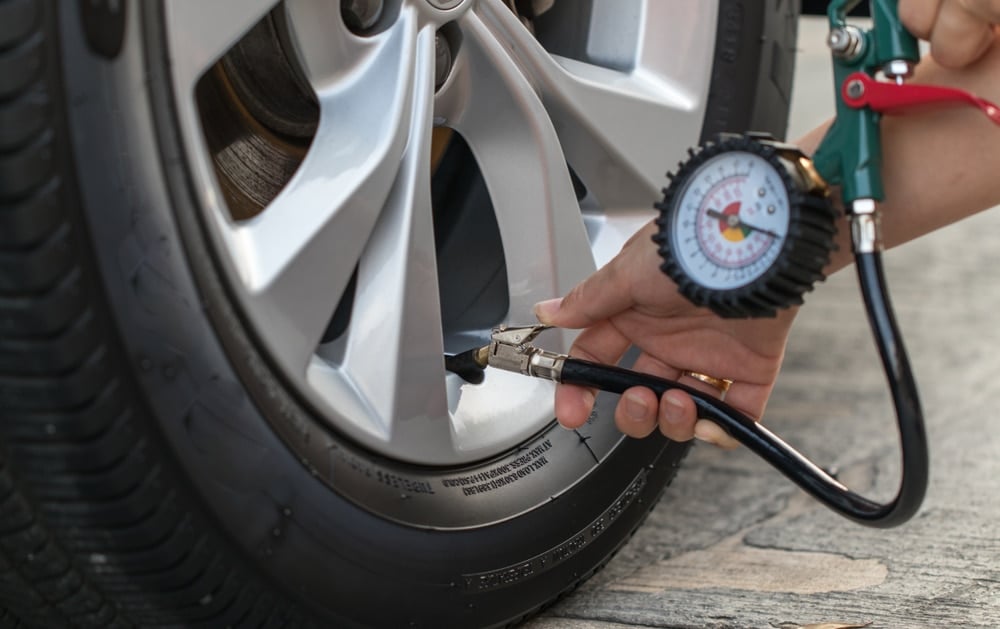
When tire pressures fall, the light comes on to alert you to the danger. This process is the normal operation of the sensor, doing exactly what it was intended to do. Tire pressure can fall because of a leak or failure. It can also decrease over time.
One major reason why tire pressures drop is because of a change in temperature. When the outside temperature drops or rises dramatically, the tire pressures can change. For this reason, it’s recommended to keep a close eye on tire pressures, especially during season changes.
When temperatures aren’t changing, you should still check the pressures regularly. It’s often recommended to test them once a month before you do any driving because that’s when the tires are cold.
2. Tire Pressure Sensor Lost Memory
Tire pressure sensors rely on a battery to operate. If the warning light begins to flash, you may need to have a tire pressure sensor battery replaced.
These dead batteries lead to a loss of memory, making it impossible for the sensor to work as intended. Until the battery is replaced, the tire pressure isn’t being read and you are in danger, especially if one tire starts to lose pressure and you don’t know it.
In some tire pressure sensors, the battery is not replaceable and you need to replace the whole sensor instead.
3. Faulty Tire Pressure Sensor
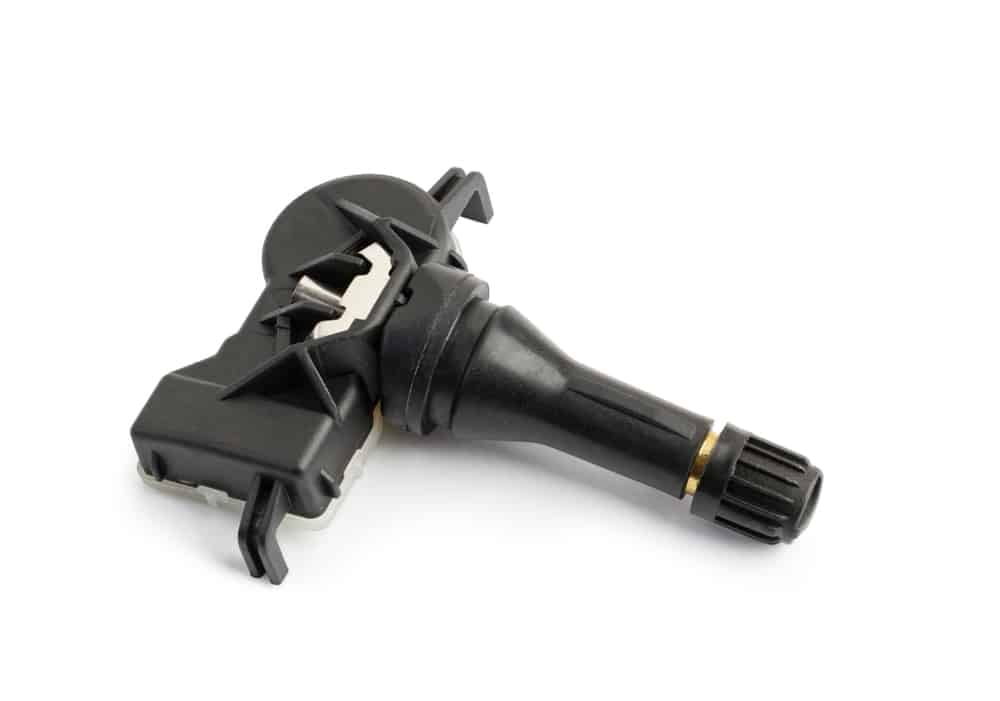
There’s also the chance that the sensor itself has gone bad. These little sensors are located at every tire and are prone to wear over time.
Thankfully, it’s not difficult to have a sensor replaced, allowing it to read tire pressures once again. A qualified tire shop can tell which sensor is bad and replace it quickly.
4. Changed Wheels Without Reset
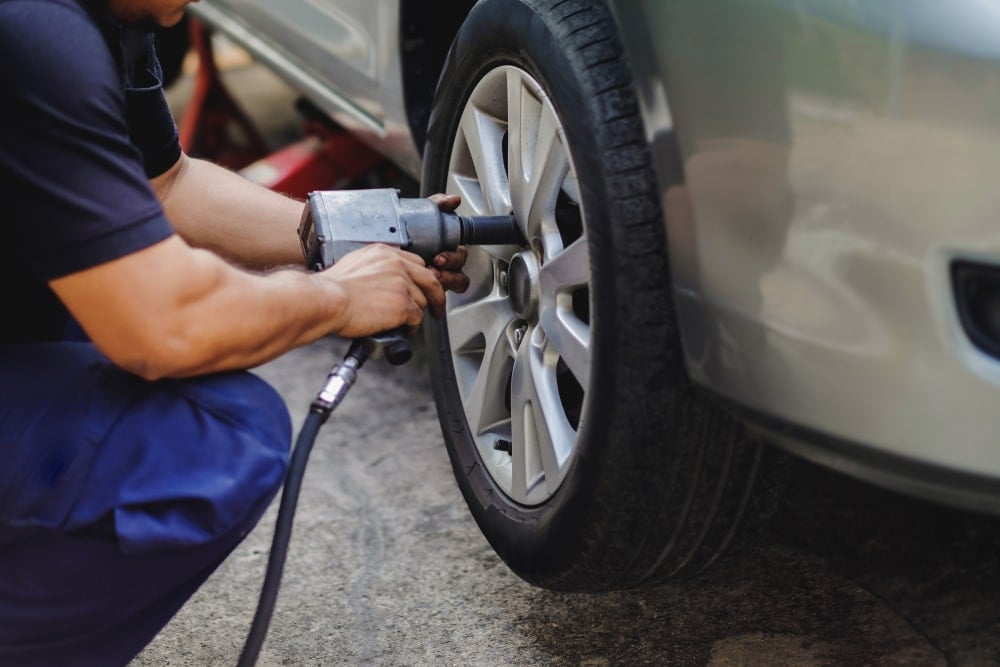
If you recently made changes to the wheels or tires, there could be a malfunction with the sensor. When work is done, the sensors need to be reset to work correctly. Most importantly, if you put a new wheel size on the car or you change what type of tires you use, a reset must occur.
It’s possible that you forgot to reset them or the tire shop overlooked this step. Either way, there’s nothing mechanically wrong and a simple reset is all that’s needed.
5. Tire Pressure Sensor Not Reset
Additionally, when a new tire pressure sensor is installed, a reset will also be required. This is part of the normal steps to replacing the sensor, but it still gets overlooked.
Without the reset, the sensor cannot read the valuable information. Therefore, the light blinks, letting you know there’s a problem. You can have it professionally reset or follow the DIY procedures laid out in some service manuals.
6. Bad Car Battery
The car battery and alternator are responsible for powering up all of the electronics in the vehicle. If the battery starts to die, it can cause many of the electronics to go haywire, including the tire pressure sensor light.
With the blinking light, you should also notice other electrical issues at the same time. For that reason, this is one of the most rare occurrences for a single flashing light, but still possible.
How To Fix A Blinking Tire Pressure Light
Once you know what the problem is, fixing it shouldn’t be an issue. We’ve put together a few of the possible solutions, but none of these are a replacement for a correct diagnosis to start with.
1. Correct The Tire Pressure
In the majority of cases, you simply need to add some air to the tires. Check the driver’s side door panel to see what the right tire pressure is for your vehicle. With that information in hand, you can check the tires to make sure they match.
If they don’t match, add the right amount of air. Once the proper air pressure is reached, the light should stop blinking on its own.
RELATED: How to Find the Correct Tire Pressure For Your Car (4 Steps)
2. Reset Tire Pressure Light
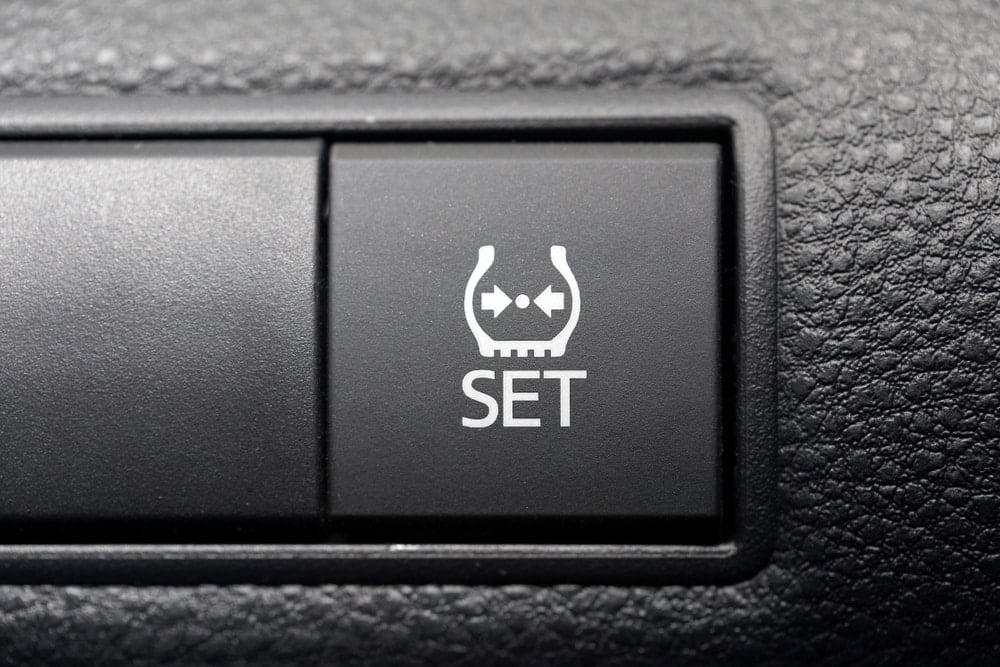
If the tire pressure light needs to be reset, there are multiple ways to handle this procedure. With some vehicles, the light can simply be reset by pressing the appropriate button. You can find this location by reading the owner’s manual. There’s also a TPMS tool that is used by many shops to reset the light.
Beyond that, here are some steps that can be done at home with compatible models.
- Drive the vehicle at 50 mph or more for at least ten minutes. This should cause the tire pressure to reset when you start the car again.
- You can also turn the key until it reaches the ON setting without starting the engine. Hold the reset button down until the light blinks three times. Start the car and see if it is reset.
- Inflate the tires slightly beyond where they should be, then deflate them. Once deflated, reinflate every tire until it reaches its recommended amount. In some cars, this will reset the sensor.
Some people prefer to disconnect the battery to provide a hard reset to the sensor memory. If you choose to do this, you will need to reset everything that has a memory, including your stereo presets and clock.
READ MORE: How to Reset Tire Pressure Light (TPMS) – By Car Model
3. Read Trouble Codes
If there are other lights on the dashboard, you can read the trouble codes to determine what’s going on. With a mechanical malfunction, you might see another light with the TPMS light.
However, not all code scanners are equipped to read the TPMS light. For this reason, you may need to visit a tire shop for a better analysis.
4. Replace & Reprogram Tire Pressure Sensors

It’s possible that new tire pressure sensors need to be installed and programmed. Because of where the tire pressure sensors sit, dirt and debris can corrode them over time.
As an electrical piece of equipment, any malfunction can lead to failure. These sensors aren’t difficult to replace and only take a few minutes to reprogram with the right tools.
5. Replace The Car Battery
If the electrical issues seem to be widespread, the car may need a new battery. You can have the battery checked at a local auto parts store to see how it’s holding up.
If the battery was to blame, the light should reset once a new one is installed. Otherwise, you may need to move on to the next step.
6. Contact A Professional
If you can’t figure out the problem or feel it’s too complicated for your skill level, don’t hesitate to reach out to a professional. Most tire pressure sensor lights can be dealt with by a tire shop.
If you have an appointment, it shouldn’t take long to have a sensor replaced or reset. You may only need to spend an hour or less of labor to get the job done.
Can I drive with a blinking tire pressure light?
When the tire pressure light comes on, it tells you there’s a problem that shouldn’t be ignored. If a tire loses pressure, it could cause an on-road accident. For this reason, it should always be checked out immediately. Even if you choose to continue driving because you know there’s not a major problem, you won’t know if another tire starts to lose pressure, putting you at risk.
How do you fix a blinking tire pressure light?
You start by checking the tire pressures and adjusting them as needed. If the tire pressures are fine, you may need to reset or replace a sensor. You can also read the trouble codes with a compatible OBDII scanner or swap out a dying battery to resolve the issue.
What does it mean when the tire pressure light blinks then stays on?
In many cases, it’s your car telling you that the pressure is wrong in one or more tires. You can check the pressures and fill up the offending tire to turn off the light. Otherwise, there could be a mechanical failure that requires more in-depth diagnosis and repair.
Is it safe to drive with a blinking tire pressure light?
We recommend resolving the blinking tire pressure light immediately. If the tire needs air, it’s safer to inflate it to the proper pressure before driving anymore. Even if there’s a minor issue that can be dealt with later, you won’t know if a tire starts losing pressure while this light is on for something else. For the cost of repairs, there’s no reason to procrastinate.
Once the tire pressure light comes on the dashboard, you want to take quick action to ensure your safety. Whether the tire is leaking air or there’s an issue with a sensor, it’s important to get it fixed before you are in more danger than needed. Thankfully, the majority of problems are easy to resolve and don’t require a lot of expertise or time to correct.
Your tires are one of the most important components of your vehicle. To ensure you remain safe, you want to pay close attention to the proper air pressure and adjust as needed. Otherwise, you are putting your life and those around you at risk unnecessarily. You can never be too safe when you roll down the road on these circles of rubber.
Learn more:
- Low Tire Pressure Light Is On But Tires Are Fine – Causes & Fix
- What Tire Pressure is Considered Too Low?
- Tire Pressure Sensor Fault (What It Means & How to Fix It)
Categories: Tires, Troubleshooting, Warning Lights
